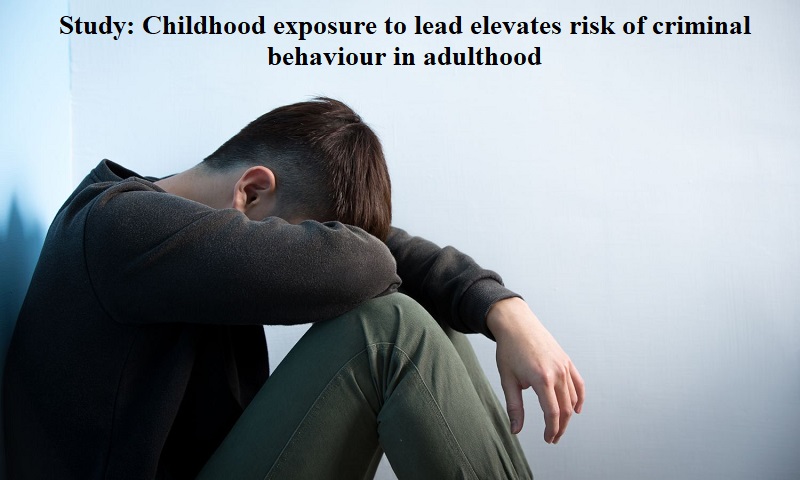
Lead exposure poses a wide range of dangers, impacting both wildlife and causing tragic human miscarriages.
Known as a potent neurotoxin, lead has been linked to cognitive and developmental impairments, affecting intelligence levels.
A recent study suggests that exposure to lead early in life may increase the likelihood of criminal behavior in adulthood, highlighting the urgent need for policy interventions.
Environmental health scientist Maria Jose Talayero and her team from George Washington University emphasize the crucial importance of preventive measures to address lead exposure, as reported by Science Alert.
Their research reveals a troubling connection between lead exposure during fetal development or childhood and a higher risk of future criminal behavior.
While the study indicates a link between lead exposure and aggressive traits that may contribute to criminal conduct, the precise magnitude of this association remains uncertain due to the limited number of qualifying research papers.
This study aligns with broader population-level investigations that have suggested a correlation between reduced lead exposure and decreased crime rates in the United States during the 20th century.
These parallel findings underscore the potential significance of reducing lead exposure to mitigate antisocial and aggressive behaviors.
Lead, a cumulative toxin with no safe threshold, disproportionately affects children due to their unique biological vulnerabilities.
Children’s hyper-permeable blood-brain barrier and rapidly developing organ systems make them particularly susceptible to the detrimental effects of lead exposure.
In the past, leaded gasoline played a significant role in childhood lead exposure, leading to long-term health risks for millions of adults.
Despite progress, contemporary sources of lead contamination continue to pose significant risks. Industrial activities, aging infrastructure with lead leaching pipes, and unregulated markets supplying children’s toys remain sources of exposure.
The alarming discovery of lead as an additive to a popular spice, turmeric, in rural Bangladesh exemplifies the unexpected and diverse origins of lead exposure.

Post Your Comments